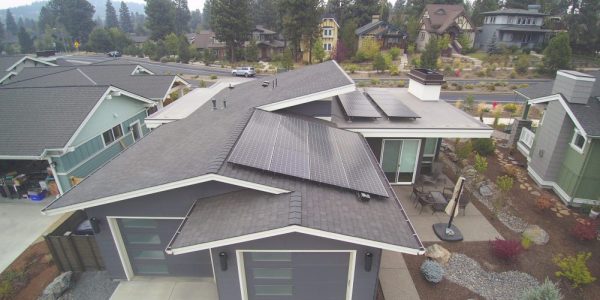How to go solar: Step 1

Get a solar assessment
The first thing you should do is find out if your home is a good fit for solar. The best part? It’s free!
Below, you will find a list of a few of the things they will looking for up on your roof to make sure your home is a good fit for solar.
What makes a good solar roof?
Sun Exposure
Lots of things can impact how much sun reaches your roof, like foliage, dormers, and chimneys. Your solar contractor will take some measurements to see exactly how much sun reaches your roof. This will allow them to calculate how much energy your system will be able to produce.
Orientation
A south facing roof is ideal however, east and west-facing roofs can work too! Since solar panels operate the most efficiently when it’s cool outside, they are slightly more efficient on east-facing roofs where they can capture the most energy during our cool Central Oregon mornings.
Roof Life
In order to receive most incentives, you need to have at least 10 years of life left in your roof. This will make your life a lot easier in the long run because you won’t have to take your solar panels off to re-roof.
Tools of the Trade

A Suneye uses a fish-eye lens to take a picture of the horizon from your roof. This image shows you contractor at what times during the year and the day that your roof will be shaded from obstructions.
On this example, you can see that this roof will be partially shaded from September – December from 2:00 – 4:00. The TSRF or Total Solar Resource Fraction, tells them how much available sunlight will hit your roof. This roof will soak up 81% of the available sunlight. The magic number they are looking for, in order to qualify for incentives, is a TSRF of 75% or greater.
What else will happen at my solar assessment?
You contractor will ask to see your power bill so that they can help size a system to meet your needs. Reviewing your goals and budget will be an important part of this first meeting. This will help them make sure they are giving you options that are a good fit for you and your home.
Additionally, they’ll check out your electrical service panel and make sure that you have enough service to tie in your solar installation. They’ll also try to get a sense of how they will run the conduit that will hold the wires that are moving the electricity from your roof to your electric panel.